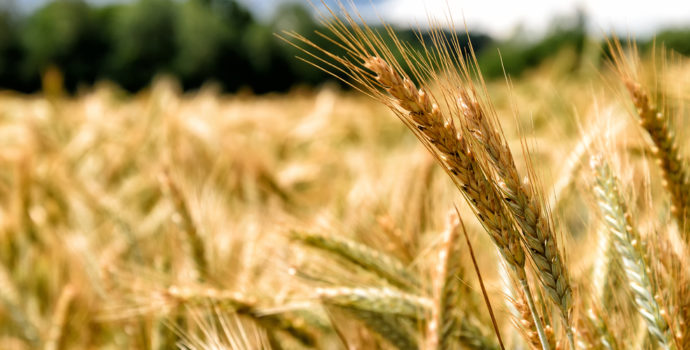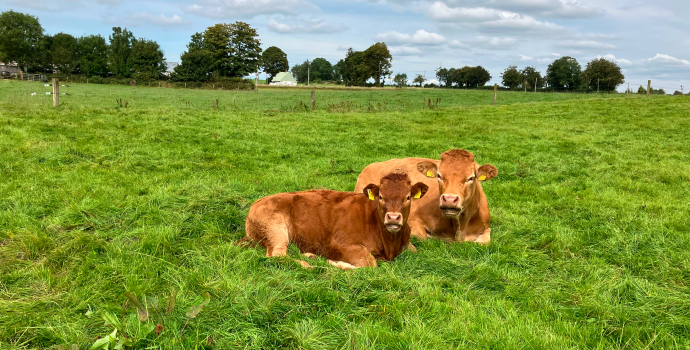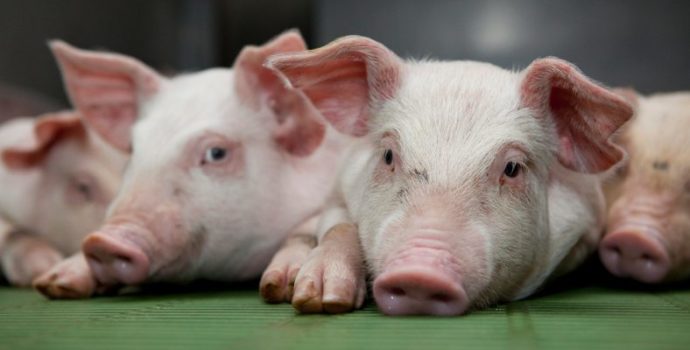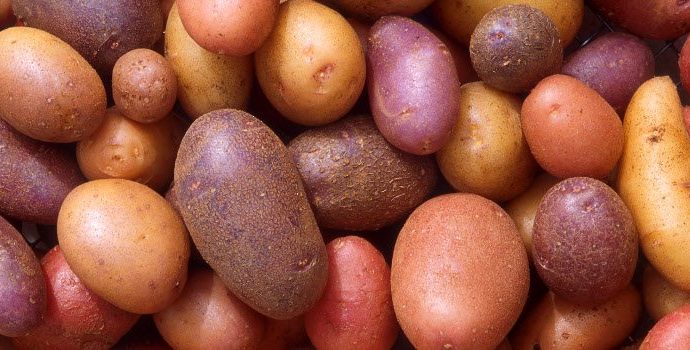Land-based Freshwater Farming Needs Investment – New Industry Report
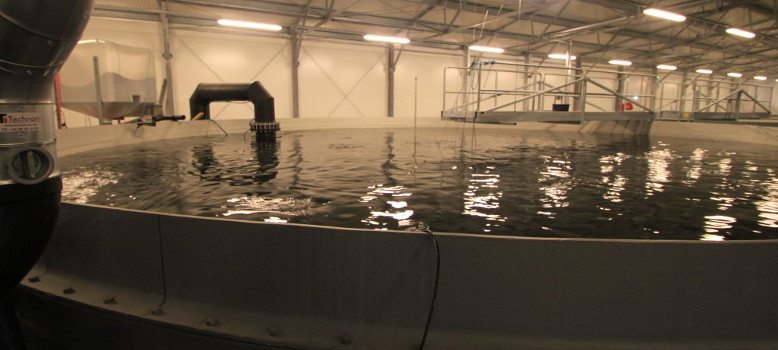
A comprehensive study on the potential of land based fish farming in Ireland strongly supports investment in new facilities for the freshwater portion of salmon production. Recirculation (RAS) systems provide opportunities for larger year-round smolt supply for finishing at sea to give competitive edge to Irish industry. However, there are a number of biological as well as financial issues in extending RAS to the full fish lifecycle, which at present renders this technology non-viable under Irish conditions.
Land-based farming of fish has been carried on for thousands of years but new technology to recycle water in closed containment units has sparked new interest in farming fish in tank systems on shore.
Members of IFA and investors interested in this area of business have been seeking more information from the Association on the potential of this type of farming in Ireland. Until now there has been no scientific or economic appraisal of the benefits, costs or potential of land based salmon farming in Ireland.
Commenting on the paper, IFA Aquaculture Executive, Richie Flynn said, “We can now say with confidence, having heard the same messages recently in Norway from companies like AKVA, Deloitte and Grieg, that there is a clear advantage for the industry to concentrate efforts with land based RAS on the freshwater part of the life cycle up to smolt stage. Going further to suggest the salmon can spend its whole life on land must take into account that the end result would be a very different product and the cost to farm it would take of €33.1 million in capital investment for every 5000 tonne unit. To expand to 38,000 annual output in Ireland as envisaged in government policy, we would need to invest over €200 million without any hope of a return on capital for over a decade – that is with all things going absolutely perfectly and the current record salmon prices staying stable for an unbelievably long period.”
In 2014, IFA Aquaculture asked one of the world experts in the area of recirculation and land based farming, Mr Ivar Warrer Hansen to produce an independent report for our members to address the following: “What are the technical requirements, capital and running costs involved in a 2,000 tonne p.a. salmon farm in a sea-water recirculation unit producing 4.5kg average weight fish.” Mr Warrer Hansen was asked to include relevant topical issues including the currently most technically feasible RAS units, the cost in Ireland of construction, abstraction, energy etc associated with producing the equivalent of current Irish output (c. 15,000 tonnes). ISGA also asked for an update on the development of RAS worldwide and the commercial success of farming in other countries.
The resulting report is a comprehensive response to these questions and the research and conclusions it contains provide a valuable and highly relevant addition to knowledge of a potentially valuable area of food production in Ireland. It should provide a basis for decision making and strategic thinking for industry, regulators, legislators and customers of the Irish farmed salmon industry.
The conclusions of the study are:
- RAS is a proven technology with a valuable role to play in the freshwater part of the life cycle of the salmon. The Irish industry can avail of significant overall efficiencies by using RAS to increase smolt size/weight at transfer to sea. This will enhance productivity with a faster turnover of stock, reduced disease risk (including parasites such as sea lice) and improve overall efficiency of marine site use.
- It is now possible to produce a market-size salmon in RAS. Two pilot-scale and one commercial unit have managed to place on the consumer market approximately 1,000 tonnes over the last few years but this could increase as more small units are brought into production in various countries (The overall global production of salmon from conventional marine sites is approx. 2 million tonnes per annum). Operational costs, exclusive of depreciation and finance, can compare with sea site production. Capital costs are too high, however, and make it difficult to be competitive, especially during those regular periods where production costs rise above market prices. This, together with the phenomena of unmarketable early maturing males, will dictate that it will still be some time before there is enough evidence to support a move towards an economically sustainable salmon production in land based systems under Irish conditions. From an investment point of view it would be difficult to attract the substantial private finances required, given the advantages of conventional systems, distance to market, scale of current operations and recent scientific work which gives confidence in the sustainability of sea-rearing and the environment.
- Development of new RAS-compatible salmon strains and cheaper production systems will occur eventually. The industry in Ireland is interested and open to new, sustainable technology and embraces scientifically proven methods of improving efficiencies and production systems, Irish farmers will follow closely the progress internationally of full-cycle RAS production and review their strategies accordingly in future.
The industry will take forward these conclusions and the detail of the report with the Department and relevant development and scientific agencies and seek to have strategies on public funds, licencing and infrastructure modified to provide for the best possible environment to implement the report recommendations on freshwater RAS.
Mr Flynn concluded, “It has been a privilege to work with Ivar Warrer Hansen, as one of the leading experts in this field internationally. We are lucky that he is based in Ireland and knows the industry here so well. The meticulous research and network of contacts used to produce the report are invaluable and I think this report will stand the industry in good stead for a long time to come.”
The full report on RAS systems in Ireland is available in PDF format Land based report IWH final Aug 2015

